Eco-Friendly Tips for Your Not-So-Newly-Built Home
By Editorial Team
Updated on November 7, 2023

With the growing concerns as to the state of our planet, green renovation and construction projects continue to soar, becoming increasingly sought-after and trendy. Naturally, some people live in homes that were built 30 years ago, in which numerous aspects, systems, and appliances aren’t up to par with the current energy-efficiency standards.
This can mean outdated electrical and plumbing systems, amongst other things, both indoors and outdoors. So, how can this situation be turned around to ensure your house runs as efficiently as possible to lend a helping hand to Mother Nature?
If you’re ready to take on a green renovation project and looking for specific updates to consider, then please, be our guest!
What are the top 3 fundamentals of a greener home?
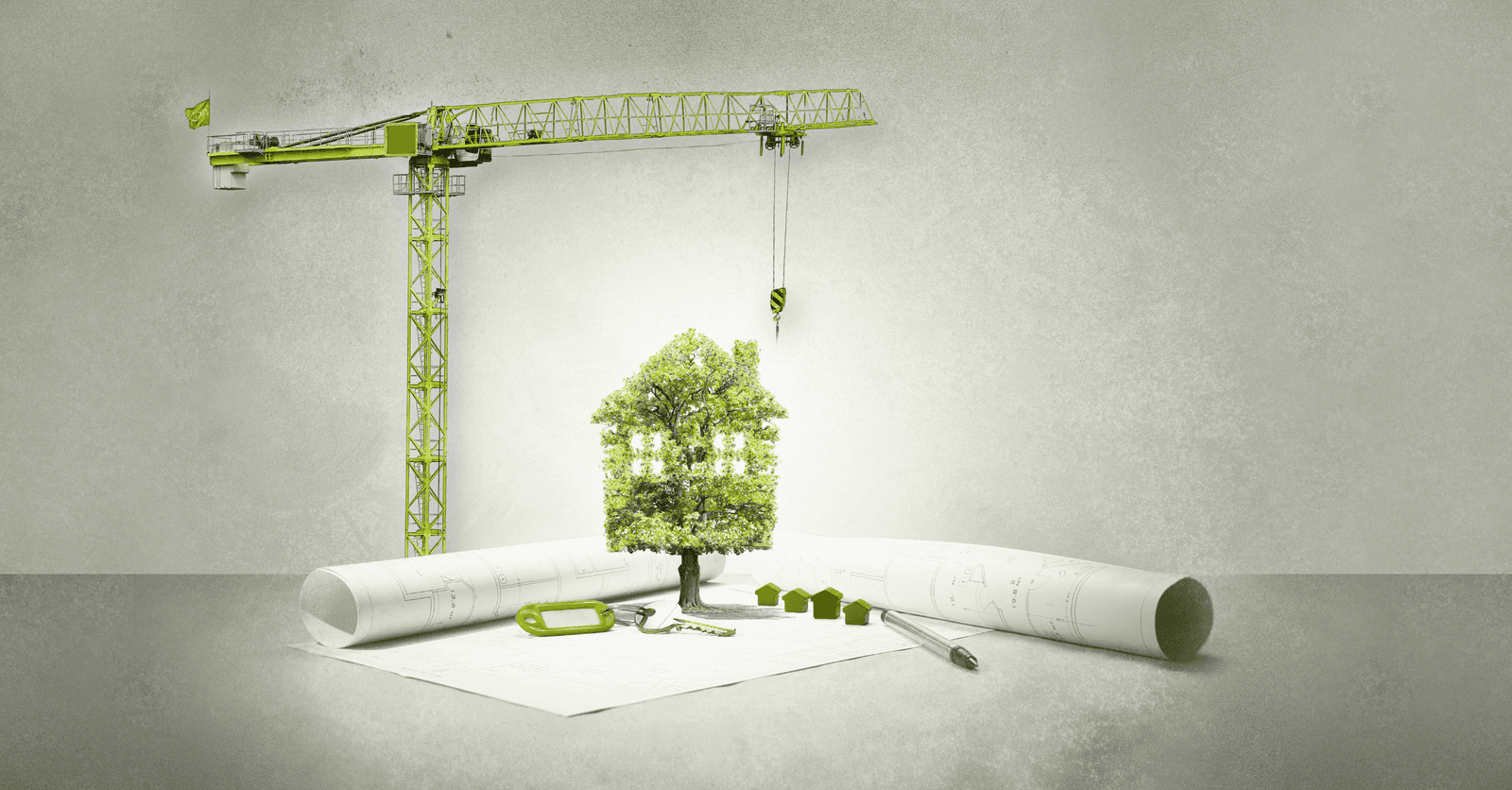
Source: Canva
The three fundamentals of an eco-friendly home, also known as a sustainable or green home, are aimed at reducing the environmental impact resulting from home building and operating costs. Here are the three principles:
1. Energy efficiency
An eco-friendly home must be designed with minimal energy use in mind. This includes
proper insulation;
energy-efficient windows;
efficient heating, cooling, and lighting systems;
the use of renewable energy sources, such as solar or wind turbine energy.
The goal here is to limit your household’s reliance on fossil fuels and minimize greenhouse gas emissions.
2- Sustainable material use
Green homes employ sustainable and eco-friendly construction materials, such as:
wood from sustainably managed sources;
recycled materials;
non-toxic paints and coatings and;
construction systems with low environmental impact.
The goal is to reduce the construction-related carbon footprint and material production.
3- Efficient water management
A green home must plan for a water management system installation that limits water waste and pollution. It can include:
rainwater harvesting;
low-flow toilets;
efficient plumbing system and;
low-water-use landscaping.
Concrete Actions to Make Your Home Greener
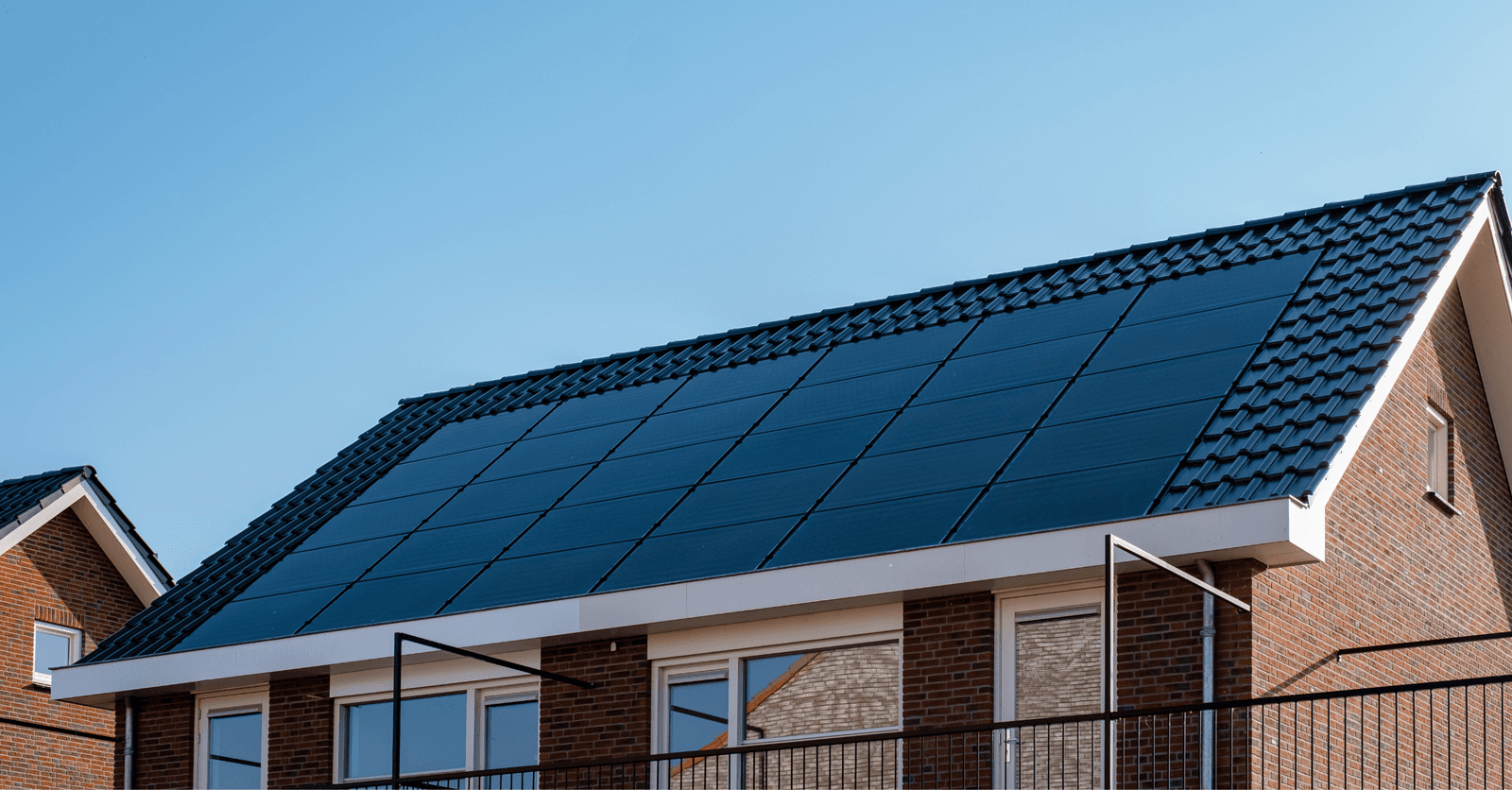
Source: Canva
First step: Determine what needs to be done
Start by determining which areas of your home aren’t energy-efficient and work from there. How can you go about it? Well, we’d recommend hiring a certified energy advisor to ascertain where to focus your attention.
They’ll tour your house and property, and point out areas where you may be wasting a lot of hot or cold air, or what materials are outdated, and thus, the aspects of your home that aren’t energy efficient. The suggestions made might look a little something like
replacing or insulating your plumbing;
caulking or insulating windows, doors, baseboards, and room corners;
insulating your attic or basement;
replacing your roofing or exterior siding, or choosing a more efficient material.
Another option is to consult a green contractor who has prior experience working with older homes. They can offer further insight into the specific updates that will end up being energy-efficient in an older-generation home.
Start with the Small Stuff
Before making any drastic moves to turn your not-so-newly-built home into an environmentally friendly haven, consider the following steps you can take to ensure everything is running according to green initiatives.
LED bulbs
Update all your current light bulbs to LEDs. They last 8 to 10 times longer than incandescent or CFL light bulbs and produce a small amount of heat in comparison. Not to mention, they use ⅓ to 1/30 of the electricity needed for a regular bulb.
Programmable thermostat
A home built over 30 years ago doesn't have a programmable thermostat. This small device can have a huge impact on your electricity bill as well as the environment, and thus, we suggest installing one. With the ability to regulate indoor temperatures depending on when you’re home and when you’re out, it’s a must if you don’t already own one.
Solar power
Solar power can’t be used in every home. In scenarios where your home or property has access to plenty of natural sunlight, this could be an excellent option. Now, solar power doesn’t require you to replace all of the electricity in your home, but it can be used for specific areas such as solar-powered water heating. This option will likely also require a tankless water heater.
Skylights
When it comes to green initiatives, you may initially consider something other than skylight installation. However, skylights are an excellent way to allow natural light into the home without the risk of heightened heating and cooling costs that sometimes burden a new window installation. Also, skylights limit the need to turn on lights during the day, further wasting energy. Consider tubular skylights instead of older models, as they’re the most energy-efficient of the bunch.
Green Renovations: Use Eco-Friendly Materials
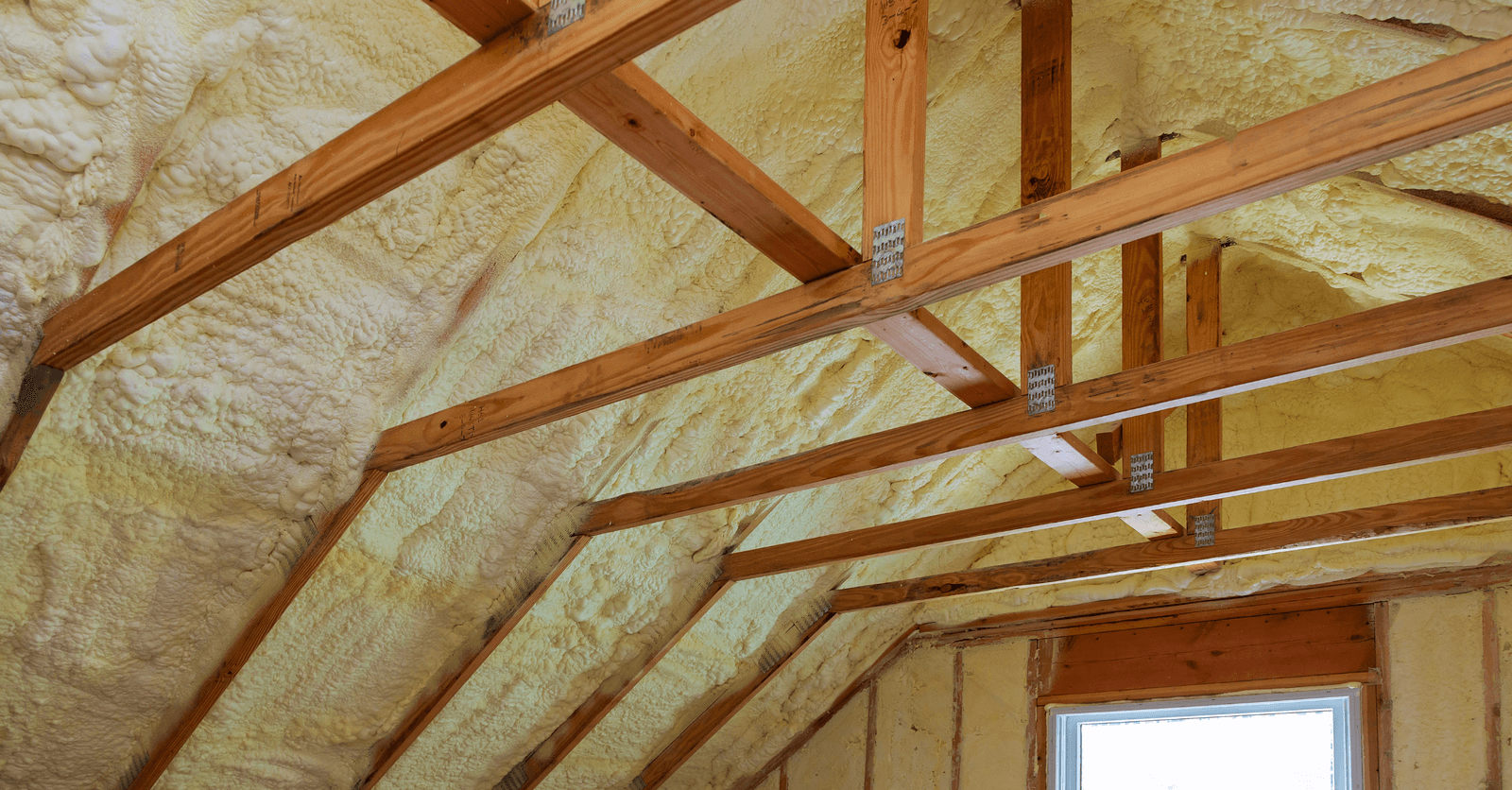
Source: Canva
Now, if you’re ready to tackle some large-scale renovations, you should really consider green building materials. If your home was built over 30 years ago, chances are some of the current materials in place may be quite outdated.
Insulation
When it comes to the walls of our homes, many are insulated with traditional gypsum drywall. This material requires a ton of energy to make and when disposed of, causes a lot of stress on our environment. Insulation is a crucial factor in older homes. Many older-generation homes aren’t properly insulated or could use a serious update in this regard.
If you don’t have the time or budget to reinsulate your entire home, roof insulation will make a huge difference in terms of electrical performance, and thus, will lead to energy savings. There are a few eco-friendly insulation options, and these include:
plant-based insulation;
cork;
recycled materials such as cellulose wadding.
If you’re undertaking a major transformation, and drywall happens to be a factor, consider using EcoRock, an eco-friendly drywall made from recycled materials. It takes less energy to make and is completely recyclable. Not to mention it’s mould resistant.
For more information about these materials and subject matter, take a look at our article Eco-Friendly Insulation Materials.
Flooring
Flooring is another important factor when it comes to choosing the right materials, and many traditional flooring options aren’t considered eco-friendly. If you’re redoing the floors of your old home, there are a few sustainable choices that may appeal to you. These include:
Cork
Bamboo
Tile
Laminate
Paint
Paint is another factor that must be considered when renovating an older home. Bear in mind that houses built over 30 years ago may still have toxic paint on their walls. If you’re giving a fresh coat of paint to some of the rooms in your home, do work with eco-friendly paint alternatives. There are more options available in-store than before since many companies are now offering 100% VOC-free (volatile organic compound) paint.
For more information about green renovation materials, have a gander at our article on the subject!
Renewable Heating Systems
The way your home is heated has a direct impact on energy use and the environment. Naturally, you want to use as little energy as possible. As previously mentioned, solar heating is an excellent alternative to more traditional home heating systems. Other options you may want to look into are heat pumps and wood-fueled heating systems.
Geothermal heat pumps extract heat from the earth by way of pipes, and this heat can be used to heat your home and household water. Air-source heat pumps are also viable—they’re similar in method, but extract heat from the air instead of the ground. They can be secured to an external wall or roof.
Otherwise, wood-fueled heating systems use wood pellets or logs to power central heating units as well as household hot water. Think wood-burning stove but modern. These units can be fitted with a small water boiler.
Reduce and Reuse Your Water Consumption
How we use (and abuse) our planet's most precious natural resource is truly daunting. You should always look for ways to conserve household water use. Toilets and showers in older homes may be expelling more water than needed. Consider low-flow toilets and showerheads to replace outdated models.
More involved water-saving methods include greywater systems as well as rainwater harvesting systems. Both offer a water-reusing method that’s already available in areas in your home where water quality isn’t so important. This can include sanitary devices, washing machines, or even a garden irrigation system.
How much should you budget for your green home renovations?
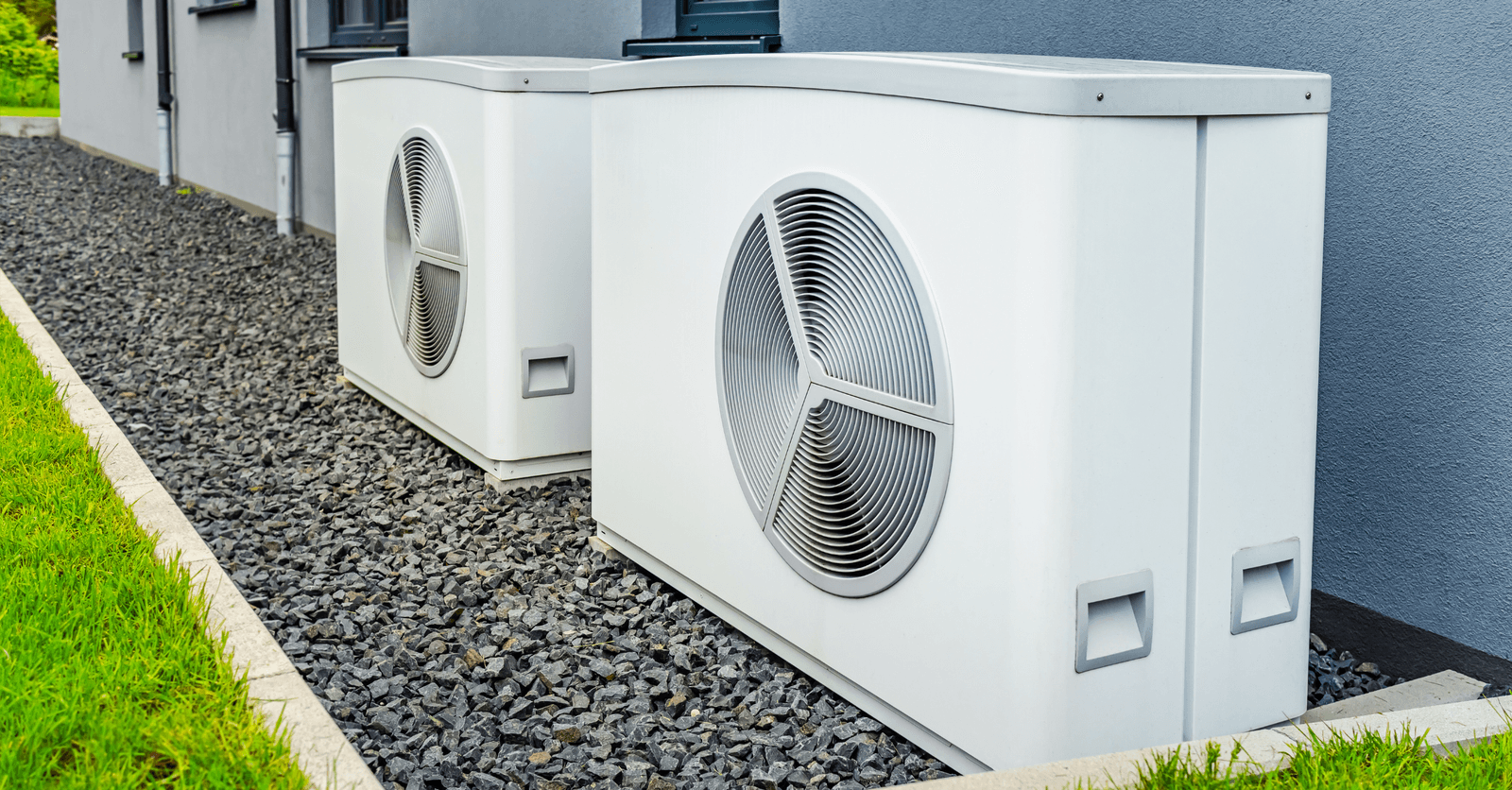
Source: Canva
The cost of turning a home into an eco-friendly structure can vary significantly based on several factors. Here are a few factors that may have an impact on the overall cost of your renovation project.
Size of your house
Green home renovation costs typically increase alongside the size of the house. A bigger home will require more insulation material, siding, roofing, etc. Heating, air conditioning, lighting, and ventilation needs are also greater in larger homes, which can result in greater energy consumption.
Current state of your house
If your house is in dire need of renovations to comply with green standards, the costs will be greater. For example, if your home’s structure is in poor condition, necessary repair work will also have to be carried out, on top of green upgrades. Older generation homes may also require more substantial renovations to improve the energy efficiency and durability of the structure.
Material selection
Green building materials, such as natural insulation, energy-efficient windows, and durable siding, can be more expensive than traditional materials. However, using eco-friendly materials can translate into long-term savings courtesy of greater energy efficiency and lower operation costs.
Specific upgrades
The specific upgrades you may be considering for your home can significantly impact the overall cost. For example, installing solar panels is indicative of a significant initial expense. Upgrades such as redoing the insulation, replacing windows with more efficient models, or installing a more effective heating/cooling system can also result in variable costs.
When it comes to providing a precise figure, it gets a little tricky. It really is a case-by-case situation. A green renovation can end up costing you thousands of dollars for minor repairs, or tens of thousands of dollars, or more, for major remodels.
Energy-efficient renovations and financial aid
In Canada, there are government-sponsored programs, such as Rénoclimat, offering financial assistance to encourage green renovations. Consider such programs to reduce costs. The best way to go about it is to hire an energy efficiency advisor to get some pointers and a quote. From there, you can pinpoint priorities in terms of eco-friendly upgrades and consult contractors to receive quotes tailored to your situation.
For more detailed information about all the green renovation options to consider, take a look at our very informative article Eco-Friendly and Green Renovation Guide.
Want to test your knowledge? Take our green renovation quiz!
Still have a few minutes to spare? Why not give our old-generation home personality quiz a go? Find out which renovation style best suits you.
Get 3 quotes for your green renovation project
RenoQuotes.com can help you get quotes for your eco-friendly renovation project. If you submit your project, we’ll put you in contact with top-rated contractors. Fill in the form on the homepage (it only takes a few minutes) and get estimates from trusted professionals.
Dial 1-844 828-1588 to speak with one of our customer service representatives.
Looking for something else?
Related articles
The latest industry news, interviews, technologies, and resources.
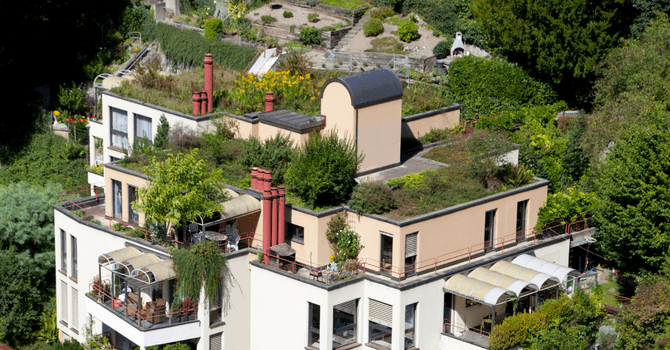
Cynthia Pigeon
•29 Feb 2024
By adding a bit of greenery to your roof, you’re allowing nature to take back its course, to return where it was once unwelcomed.

Editorial Team
•07 Nov 2023
Converting your roof to capture the power of the sun’s energy can benefit your home and wallet depending on how you go about it. Over the years, solar panels have become the go-to option for producing renewable energy.

Editorial Team
•25 Jul 2025
If you have a concrete floor that needs a new finish or you’re wanting to change the look of your floors and looking for an alternative to hardwood or ceramic, floor resurfacing could be of interest to you.

Editorial Team
•02 Dec 2024
When it comes to spending time outside, you’re likely hoping for things to be cool, cosy and comfortable while also remaining functional. Especially during those warmer months as our outdoor spaces gain importance, creating a specific spot for recreational activities as well as relaxation has become a priority. Structures designed to optimize outdoor space generally come in the form of a patio, balcony or veranda. You might think these are all the same, but in the world of renovations, there are some distinctions between them.

Amanda Harvey
•03 Nov 2025
Shingles are in place to protect the layers of roof below and more importantly, the inside of your home. They work against weather damage, including rain, snow, sleet as well as sun. Not only do shingles protect from the effects of the great outdoors, they also work to help your interior avoid serious water damage as well as leakage.